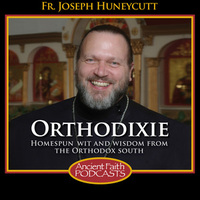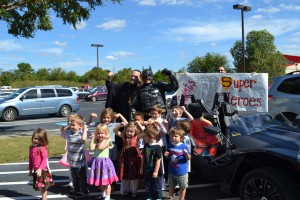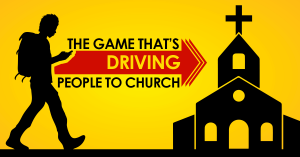The council’s four sessions from 1962 to 1965 and its 16 landmark documents modernized the liturgy, renewed the priesthood and religious life, enhanced the role of lay Catholics, opened dialogue with other churches and non-Christians, and identified the church as the “people of God” attuned to the problems and hopes of the world.
Although the council defined no new dogma, Catholics who lived through the Vatican II era will never forget the changes — some of them abrupt — that visited their church communities in the mid-1960s.
Altars were turned around so that priests faced the people. The Mass in Latin gave way to Mass in the vernacular. Other sacraments were updated and simplified. Men and women religious adopted a more modern form of dress.
The [partisan] whole story.
Russian Orthodox Church backs Vatican on gay seminarians
The Bible, Father Vyzhanov observed, condemns homosexual acts in terms that “do not leave any room for a different interpretation.” He said that Orthodox believers have trouble comprehending Protestant groups that have given their blessing to same-sex unions.
The Orthodox Church spokesman said that exclusion of homosexuals from seminaries and from the priesthood should be a common policy, since homosexuality can never be accepted as normal, and those who have same-sex attraction must be understood to “suffer from a serious illness.”











